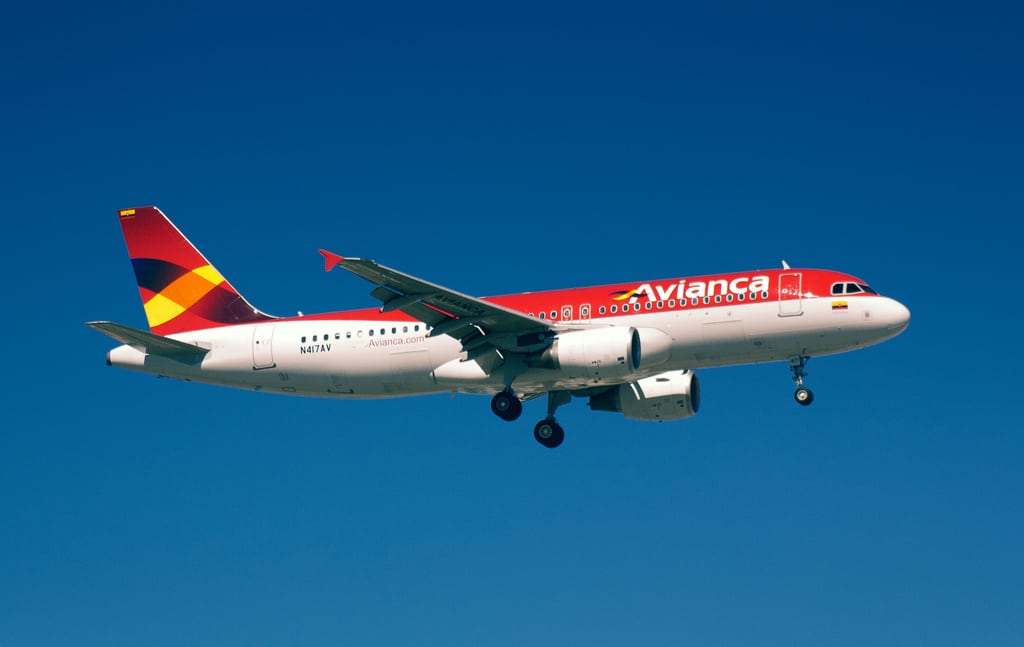Skift Take
A growing middle class will lead to increased air travel in South America; however, it’s no coincidence that Airbus touts its aircraft as the perfect fit for the carriers' needs.
According to the recently released Airbus Global Market Forecast (GMF), Latin American airlines will require 2,120 new aircraft between today and 2031, including 1,660 single-aisle, 420 twin-aisle and 40 very large aircraft estimated at $242 billion. Globally, by 2031 some 28,200 new aircraft valued at $4 trillion will be required to satisfy future robust market demand.
With GDP currently growing above the world average, socio-economic indicators predict Latin America’s middle class will double between 2012 and 2031. Additionally, Latin America has become the second most urbanised region worldwide after North America, and by 2031, 10 out of the 92 mega-cities with more than 10,000 daily long-haul passengers will be in the region.
As a result of this region’s dynamic economic growth, Latin America’s air traffic will rise 5.3 percent per year over the next 20 years, well above the world average of 4.7 percent. Benefiting from this, the region’s airlines will grow their own traffic by almost 6 percent per year, the second highest growth globally, only exceeded by those airlines based in the Middle East. Additionally, Latin American airlines’ market share on long-haul routes increased by 8 percent between 2005 and 2011, to reach 21 percent today, showing that they have significant development potential for intercontinental networks.
Increased aircraft demand is also leading Latin American airlines to ordering larger aircraft. Between 2000 and 2012, average aircraft seat capacity increased by more than 13 percent, while the average age of Latin America’s fleet in service decreased below the world average to 10 years of age.
“The Latin American market has become smarter, seeking out highly-efficient, cost-effective and versatile aircraft,” said Rafael Alonso, Executive Vice President of Airbus for Latin America and the Caribbean. “Airbus is perfectly positioned to serve the market’s requirements and future aviation demand with its A320, A330 and A350 Families, as well as the A380.”
Another important trend in Latin America is the rise of low cost carriers throughout the region. Brazil and Mexico have become leaders of the low-cost-carrier segment in the region, with the two countries combined contributing to 95 percent of the market.
With more than 700 aircraft sold and a backlog of almost 350, over 450 Airbus aircraft are in operation throughout Latin America and the Caribbean. In the last 10 years, Airbus has tripled its in-service fleet, while delivering more than 60 percent of all aircraft operating in the region.
For any query with respect to this article or any other content requirement, please contact the editor at [email protected]
© EturboNews, Inc. Provided by Syndigate.info an Albawaba.com company.
![]()
The Daily Newsletter
Our daily coverage of the global travel industry. Written by editors and analysts from across Skift’s brands.
Have a confidential tip for Skift? Get in touch
Tags: airbus
Photo credit: An Avianca Airbus A320 takes off from Miami International Airport. Aaron Escobar / Flickr.com
